Artist John Constable, A VIEW OF LONDON WITH SIR RICHARD STEELE’S HOUSE painted in 1832
This is Haverstock Hill Road going down into London 200 years ago! The building on the left is called “Load of Hay” Tavern which is still there, but now a pub/restaurant called “The Hill”. The house on the right is Steele’s Cottage. Writer Sir Charles Sedley died there in 1701 before Sir Richard Steele, editor in flight from political enemies and creditors, took flight there in 1712. Washington Irving, who stayed at Steele’s Cottage, wrote in Tales of a Traveler (1824) that he enjoyed his stay in Hampstead, but the haymakers distracted him while he was trying to write! Now in its place stands the Sir Richard Steele’s Pub. This folks, is our neighborhood!
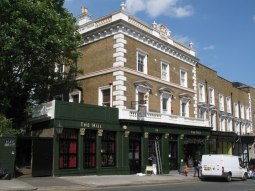
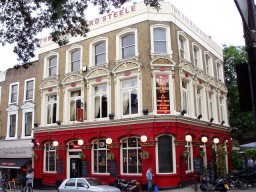 Steele’s Road was created in the 19th century for a planned suburb on part of Eton College’s Chalcots estate where an 18th century rural landscape in Hampstead had existed since the 12th century. Previously, during medieval times, the hilltop village located five miles north of the City and surrounding lands had been granted by King Ethelred the Unready to the Abbott of Westminster in AD 986. The land was pastoral and provided grass and hay for London’s cattle and horses. Much later the village center in the late-seventeenth century became a fashionable spa during the summer months. The area eventually attracted the literary and artistic set including John Constable and John Keats.
Steele’s Road was created in the 19th century for a planned suburb on part of Eton College’s Chalcots estate where an 18th century rural landscape in Hampstead had existed since the 12th century. Previously, during medieval times, the hilltop village located five miles north of the City and surrounding lands had been granted by King Ethelred the Unready to the Abbott of Westminster in AD 986. The land was pastoral and provided grass and hay for London’s cattle and horses. Much later the village center in the late-seventeenth century became a fashionable spa during the summer months. The area eventually attracted the literary and artistic set including John Constable and John Keats.
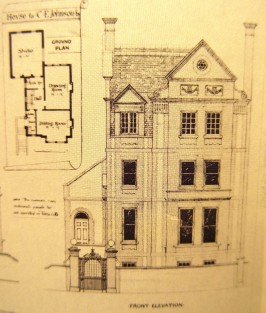
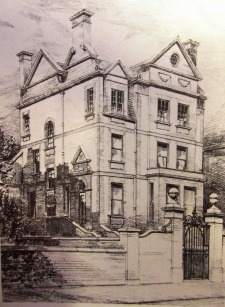
Fast forward to 2015 and today’s Worrell House has been owned by Wake Forest University since 1977. It was built in 1875 for Charles Edward Johnson (a Scot) and named Morven House. It was one of five artists’ studio-houses built in the mid-1870s for artists on Steele’s Road. This homeowner was a landscape watercolor artist fairly well known among the British. The house is red brick, terra cotta, and in the late Victorian “Queen Anne” style of architecture.
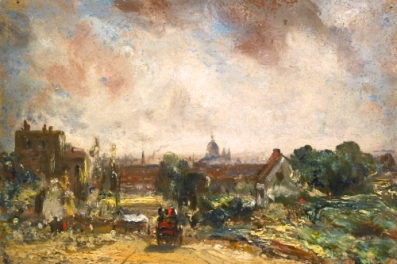
Just have to mention that yesterday Page and I were walking out through the gate of our house and almost slammed into a young teen boy who looked like a kid version of Jude Law. After he startled himself, we watched to see where he went. Sure enough he went into the front gated house a few down from ours! It would make sense that he is one of the three little kids who lived there in 2003 when we could see and hear them playing in their backyard! Now, if only I could run into Jude next time!!!
LikeLike
Another comment: The mews for Steele’s Road is on the east end. They are now made into flats for residents. This was where the horses and carriages were kept for the homeowners. Once cars were invented, the wall next to the gated entrance of our house was removed and a driveway (car park) was made. Don’t know what year that was, but most of the houses have done the same.
LikeLike
I stayed in Worrell House in 1996, Winter, as part of the Wake Forest Program. I loved it. I will always love London. It is the worlds’ most fascinating city, in my view. I have since lived all over the world, including in India, China and Indonesia, and I am sure that my time spent on Steele’s Road is the reason why. Or, one of the reasons.
We had such a great time in those rooms. I will be passing by again, for the fourth time in so many years, just to see the house and see how it is keeping up.
LikeLike